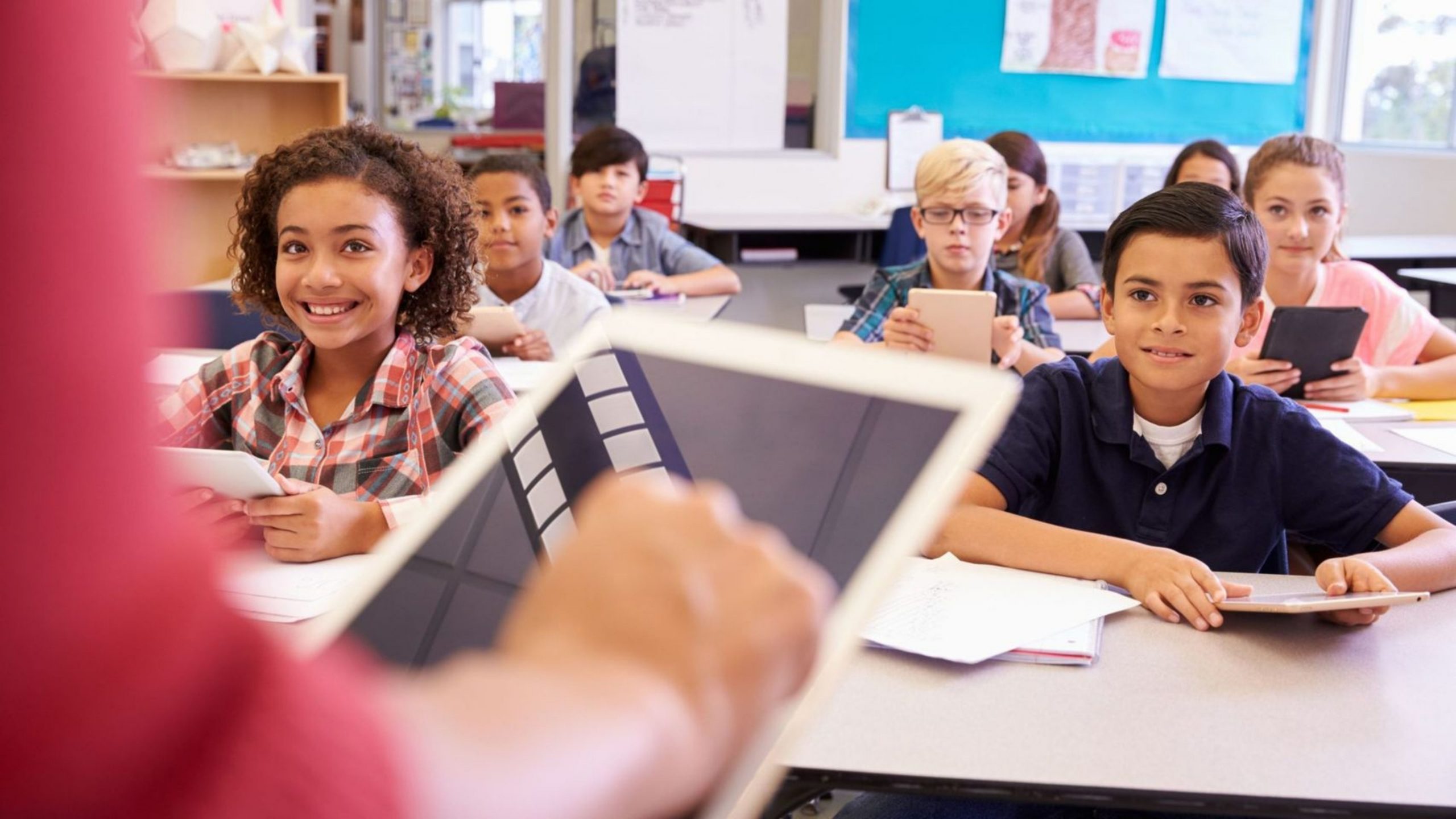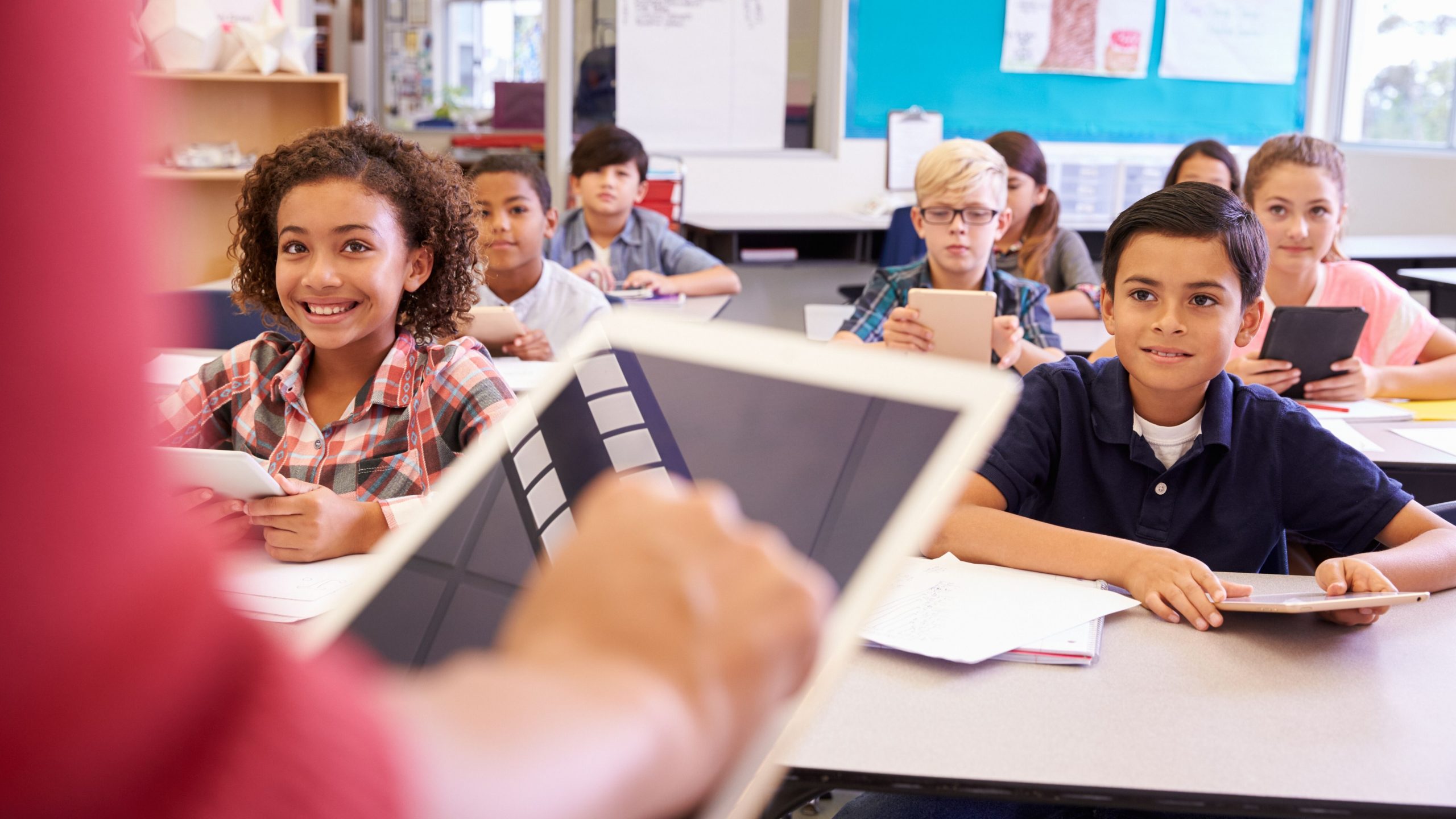 03Mar
03Mar “The role of a willing and supportive teacher will be key to enabling our evolution to a new world of learning.”

Our Chairman was interviewed by Virtual Educa, a few days before the start of the Global Congress. Charles Foley talked about the “new world of learning” and the important role of the teachers in an increasingly global and digital world.
How do you think the future of education will be?
We’re going to see three changes over the next two decades that will fundamentally reshape learning. The first will be a shift to a globally-connected, real-time learning cosmology that brings structural equality to the global learning landscape. Learning resources of all types – information, tools, assessment methods, even instructors – will be available to any student, anywhere, regardless of where they are or the limits of their local educational system. While this won’t replace national and regional curation ability (or responsibility), it will obliterate the current boundaries that educators and administrators face in a three-dimensional world. It won’t matter if the student is an inquisitive 8th grader in Amazonas State during a pandemic…he or she will be able to access and soak up the latest information about our evolving unfolding universe, even to the point of being able to participate in classes led by an expert in the field from a charter school in the UK. All with the sanction, approval, and cognizance of his local educators – and he’ll be rewarded for this initiative. Second will be the accelerated adoption of experiential learning (at the expense of didactic learning) especially in the STEAM fields. And the third thing that we’ll see is an evolution of ‘learning to learn’ paradigms being incorporated into formal curriculum, whereby students are taught how to look at the unknown in a new way, and explore/address it real-time. Much like we used to have ‘recess’ in schools (which we should keep, by the way), we’ll weave mental agility models into the day that have nothing to do with specific subjects in the curriculum, but that reinforce how to be mentally agile, absorb new mental constructs, and call them up when needed. The future of our grandchildren is amazing.
How do new technologies influence new learning models?
We believe that the optimum future of education – and by extension the optimum future of our world – can not be reached unless we enable today’s youth with a 21st century education. Because the 22nd century will be upon us before you know it. This means giving our youth access to the most current educational resources, in a structured and curated manner, that drive the optimum learning experience. Unfortunately for many parts of the world, this often requires a level of infrastructure that simply doesn’t exist right now. In the developed world, we unconsciously think that the internet is ubiquitous, as available as air itself. However, in order for this to be useable in an educational environment, this resource needs to extend right to the classroom for any student, anywhere. And the unfortunate reality is that there are more classrooms that don’t have broadband access than those that do. We think that we can be a driving force to change that; in that we align with organizations such as UNICEF and the ITU, who launched the Giga project in 2019 to try to bring the internet to every school worldwide. However, the sheer weight of content and traffic dwarf the network infrastructure expected to be commercially viable; that’s where we come in by allowing even schools with intermittent, sporadic, and limited connectivity to deliver the same level of real-time e-Learning as in the developed world.
The micro-cloud concept has been well-validated by the commercial sector for years, and is now being leveraged by the educational sector in order to meet these challenges. A micro-cloud for education is a self-contained cloud learning environment that is housed on a local appliance. This local micro-cloud presents a complete e-learning environment (including content, curriculum, and other resources) to students and teachers even when the school isn’t connected to the internet. This is possible since the micro-cloud caches locally all curriculum and content, and is easily accessed by students and teachers through the micro-cloud’s embedded WiFi access point; all they need is a browser-enabled device. However, the local micro-cloud is under the control of a master cloud-resident system, through which administrators determine which content, curriculum, and resources should be on the micro-clouds in the school system. This brings real-time pedagogical management at scale, since administrators have a single portal through which to manage thousands of micro-clouds. The benefit to the students is engaging, state-of-the-art education; the benefit to educators is scale, simplicity, and consistency.
How do you see the new role of the teacher in an increasingly global and digital world?
Teachers have always been guides to our youth, and in not time is guidance more needed than in times of evolution and change. Our teachers will be critical to shaping the future as students will not only be learning new information, but the will be ‘learning to learn’. New paradigms, new approaches, and new thought patterns can be intimidating…the role of a willing and supportive teacher will be key to enabling our evolution to a new world of learning.
